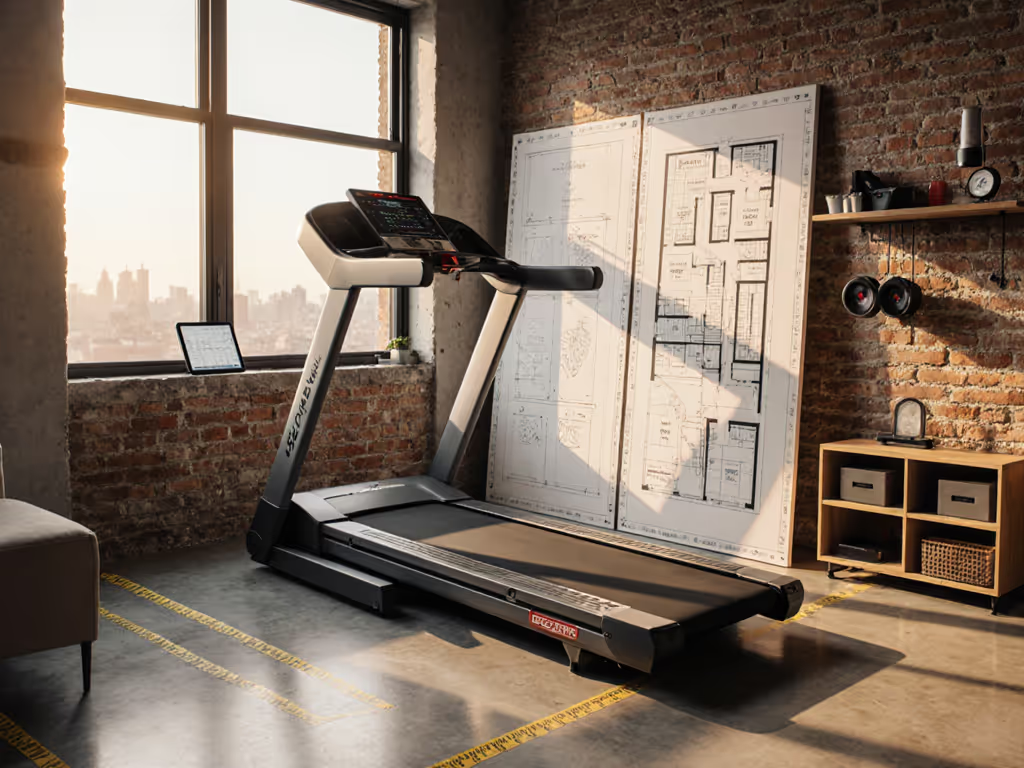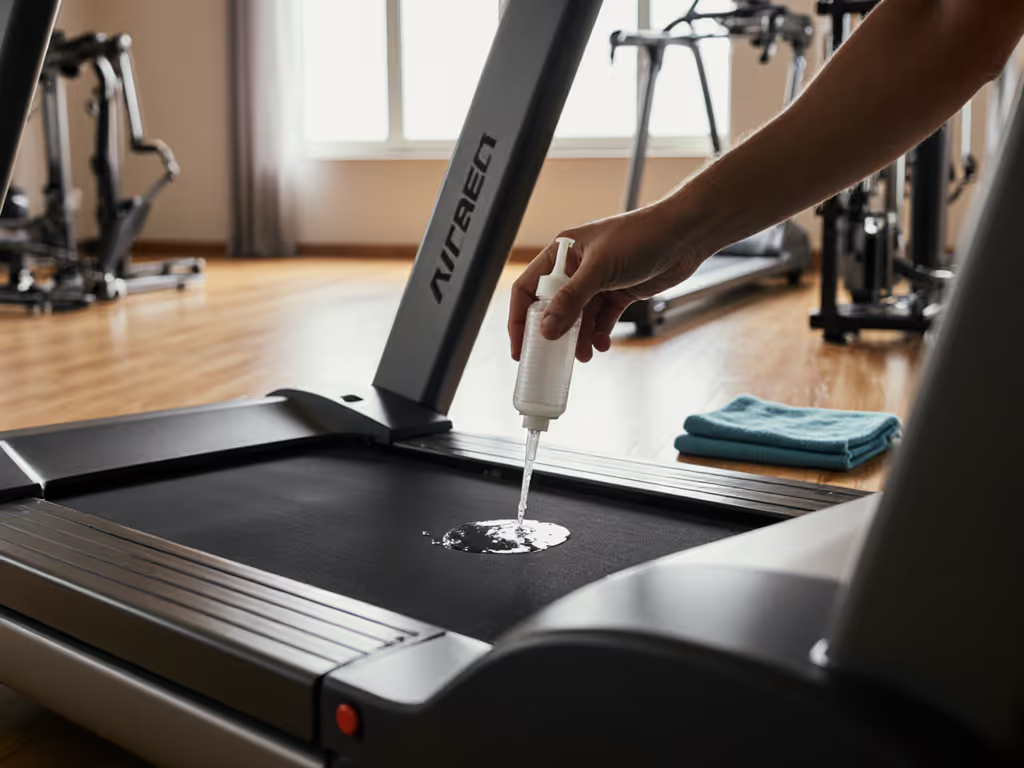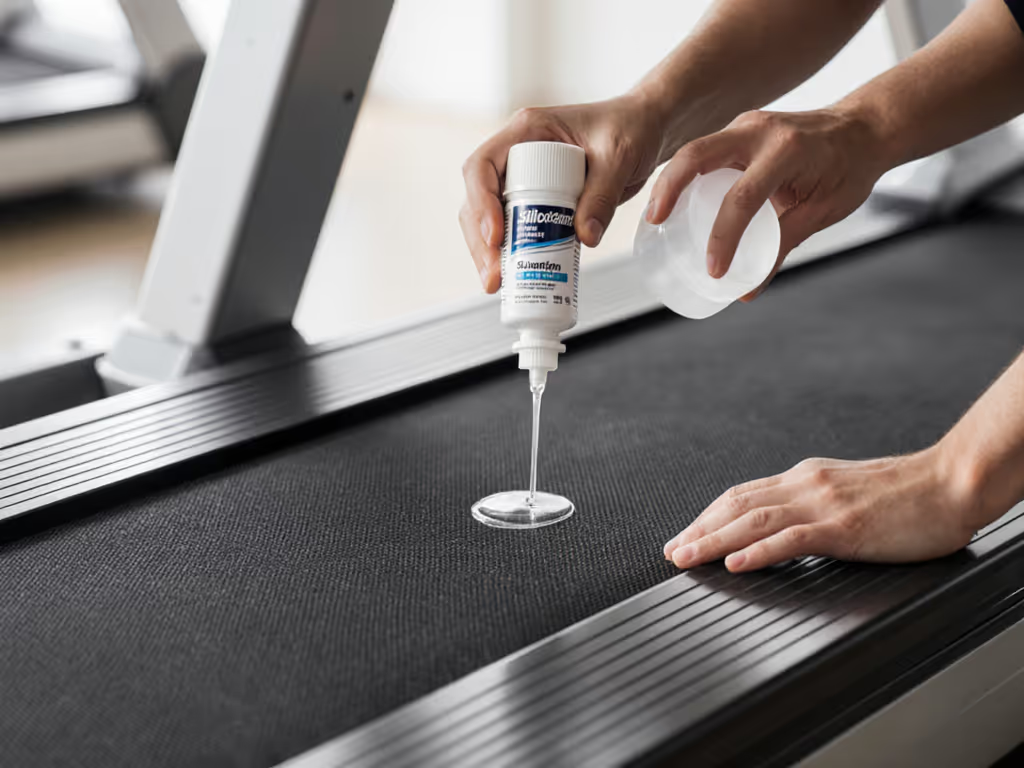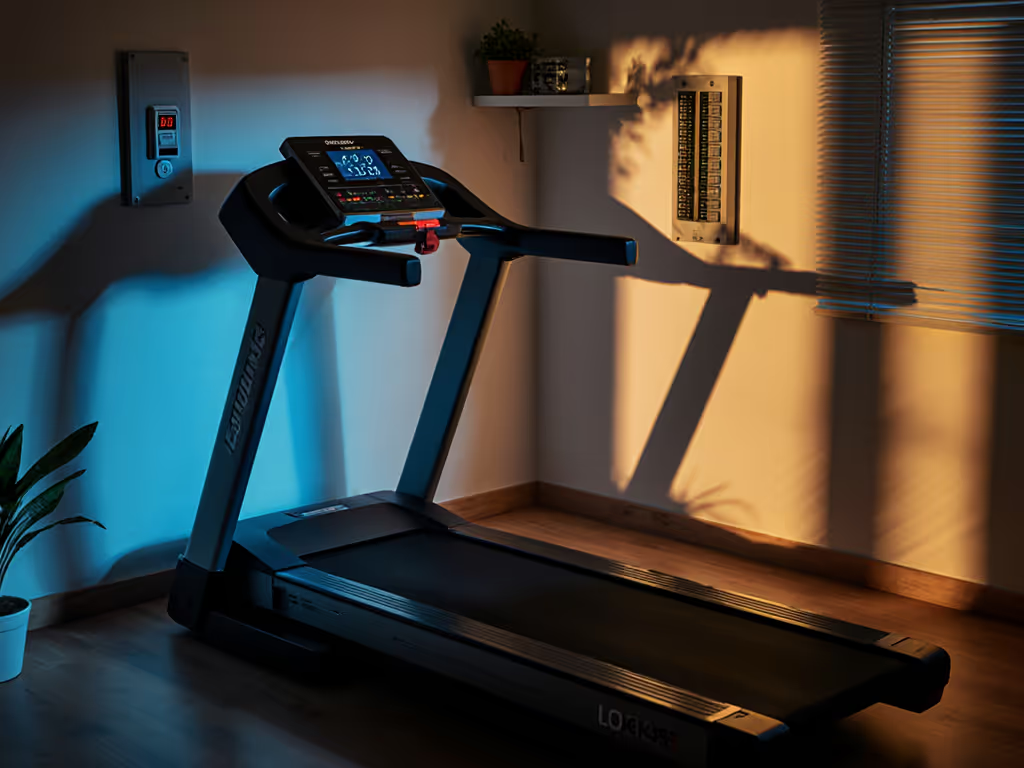
Treadmill Belt Lube Guide: Extend Machine Life

If your treadmill's starting to sound like a tractor and your treadmill manual warned about maintenance, here's the news you'll welcome: proper treadmill belt lubrication takes just minutes but prevents thousands in repairs. I've seen too many machines meet their untimely end from the same preventable issue (dry belts straining motors into early retirement). Let's fix that today.
Preventive care beats warranty claims nine days out of ten.
Why Your Treadmill Needs Lubrication (And Why You've Been Misled)
Every step you take on your treadmill creates friction between the belt and deck. Without proper lubrication, that friction forces your motor to work 20-30% harder (confirmed by multiple equipment stress tests). This isn't just about noise; it's about survival. When I serviced treadmills full-time, I'd tear open machines whose motors failed prematurely, and the autopsy was always the same: dry belt, overheated motor, fried controller board. That $500 repair could have been prevented with $5 of lube and five minutes of your time.
Here's what nobody tells you: Your machine isn't designed to run dry. Manufacturers build these with the expectation you'll perform basic maintenance. Skip it, and you're effectively running your car without oil changes (except your "check engine" light is that grinding noise keeping your upstairs neighbors awake).
How to Spot When Lubrication Is Needed (Before Damage Occurs)
Don't wait for failure. Check these three things monthly:
- The Hand Test: Lift the belt edges at the center (not the sides, those stay lubricated longer) and rub your fingers between belt and deck. If it doesn't feel slick, it's dry.
- The Sound Check: Listen for rhythmic squeaking or increased motor whine, especially during startup.
- The Performance Test: Notice if the belt stutters or requires extra effort to maintain speed.
Most manufacturers recommend lubrication every 25-150 hours of use, but your actual need depends on humidity, weight, and usage patterns. I advise checking quarterly regardless (better to lubricate less volume more frequently than flood it occasionally).

The Right Lubricant: Don't Ruin Your Machine With the Wrong Stuff
This is where most people go wrong. Never use WD-40, petroleum-based lubes, or household oils. These degrade belt rubber and attract dust like a magnet. You need 100% pure silicone lubricant (nothing else). Check your treadmill manual for specifics, but if it's unavailable, pure silicone is universally safe.
While some high-end brands claim "maintenance-free" belts (NordicTrack, Precor), even they benefit from occasional lubrication after 2+ years. Don't fall for the "no maintenance" myth (it's marketing speak that ignores physics).
Step-by-Step Lubrication: Your 7-Minute Machine Lifesaver
Follow this checklist (tested on thousands of machines) to lubricate safely and effectively:
- Power Down: Unplug your treadmill completely. No shortcuts here (safety first).
- Clean First: Wipe the belt surface with a microfiber cloth. Remove dust/debris from the sides where the belt meets the deck.
- Access the Underside: Lift the belt edge at the front (motor end), creating a 2-3 inch gap.
- Apply Strategically: Slide the lube tube toward the center. Apply ½ ounce (about 1/8 of a standard lube bottle) while slowly moving toward the edge.
- Repeat Opposite Side: Do the same on the other side, total should be 1 ounce.
- Distribute Evenly: Plug in and run at 0.5 mph for 3-5 minutes. Watch for even lube distribution (no pooling or streaking).
- Final Check: Run at your normal speed for 1 minute. Listen for changes in noise, feel for smoothness.
Pro Tip: If you're nervous about applying while running (some manuals suggest this), use a syringe to inject lube under the stationary belt, then rotate the belt manually 180 degrees before powering on.
Beyond Lubrication: Your Complete Maintenance Routine
True longevity comes from systematic care. Here's my preflight checklist I left with every client when I was a mobile tech: listen, feel, track, clean:
- Listen: Start-up sounds for unusual noises
- Feel: Belt tension (should move 2-3 inches side-to-side) and deck smoothness
- Track: Belt alignment (should stay centered when running)
- Clean: Vacuum under the sides weekly, wipe deck monthly
This simple routine catches 90% of developing problems before they become expensive repairs. Remember that "how to fix treadmill" search you'll desperately make at 2AM? This prevents it.
When Lubrication Isn't Enough: Recognizing Bigger Problems
Lubrication won't fix everything. Watch for these red flags that indicate deeper treadmill motor problems:
- Burning smells during operation
- Intermittent power loss
- Excessive belt slippage despite proper tension
- Visible belt fraying or deck warping
These require professional attention. Don't risk further damage by ignoring them. Your goal isn't to avoid all service; it's to buy once, keep moving, service strategically when needed.
Your Path to Trouble-Free Treadmill Ownership
A well-maintained treadmill should last 10-15 years, not 3-5. That $1,500 machine? With proper care, its cost-per-use drops to pennies. Neglect it, and you're looking at replacement costs every few years (plus the stress of breakdowns during your training cycle).
Think about your treadmill cleaning guide not as a chore, but as your insurance policy against frustration and expense. Set calendar reminders for lubrication, keep a small maintenance kit handy, and embrace the routine like you do your warm-up.
Your machine isn't just equipment, it's your commitment to consistency when weather, schedules, or injuries try to derail you. Honor that commitment with basic care that takes less time than your cooldown stretch.
A maintained treadmill is safer, quieter, and far cheaper over time. That's not an opinion (it's what I learned from every machine I serviced).
Related Articles


Accessible Treadmill Features for Visually Impaired Independence

Treadmill Energy Use: Cut Costs, Not Your Workout

Treadmill Maintenance Manual: Prevent Costly Repairs

